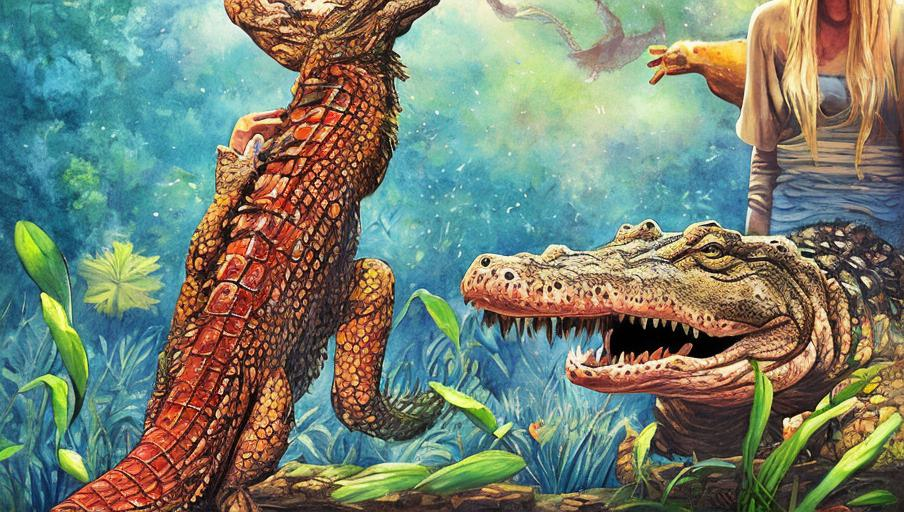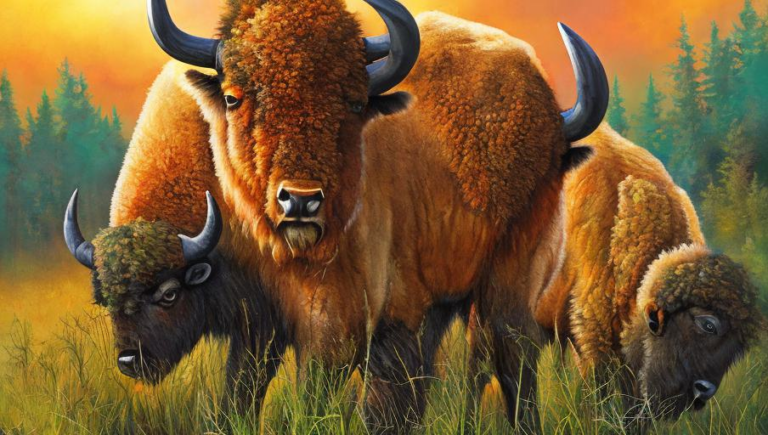Discovering the Habits of Alligators

Introduction
Alligators are ancient reptiles that have existed for millions of years. They are often found in wetlands and slow-moving waterways of the southeastern United States, but their range also extends into parts of Central and South America, China, and even the Caribbean Islands. Alligators are an important part of the ecosystem and play a vital role in controlling the population of their prey. Although they are often feared, alligators are actually timid creatures that prefer to avoid contact with humans.
Habitats & Adaptations
Alligators typically inhabit freshwater marshes, swamps, ponds, and lakes. They are excellent swimmers and can also be found in some brackish and saltwater habitats. Alligators have many adaptations that enable them to survive in their aquatic environment. They have a thick, scaly hide that is rough on the dorsal side and smoother on the ventral side. This helps to reduce drag while swimming and allows the alligator to move more easily through the water. Additionally, alligators have webbed feet that help them swim and maneuver through the water.
Feeding & Hunting
Alligators are carnivores and their diet consists primarily of fish, frogs, turtles, snakes, and small mammals. They are opportunistic feeders and will take whatever prey is available. Alligators use their powerful jaws and sharp teeth to catch and tear apart their prey. They also use their long, powerful tails to help propel themselves through the water in pursuit of prey. Alligators hunt primarily at night, when the air is cooler and their prey is more active.
Social Behavior
Alligators are typically solitary creatures, but they will congregate in large numbers during the breeding season. During this time, males will fight for dominance and mating rights. Alligators are also highly territorial and will aggressively defend their territory against intruders. Alligators communicate primarily through vocalizations, such as bellowing, hissing, and growling. These vocalizations are used to warn other alligators of their presence and to establish dominance.
Conservation Status
Alligators are currently listed as Least Concern on the IUCN Red List, but their populations are still threatened by habitat destruction and hunting. Alligators are protected by law in the United States and many other countries. It is important to protect their habitats and to take steps to ensure that alligators can continue to thrive in the wild.
Conclusion
Alligators are ancient creatures that have survived for millions of years. They have many adaptations that enable them to survive in their aquatic environment and they are an important part of the ecosystem. Alligators are carnivores and they hunt primarily at night. They are typically solitary creatures, but will congregate in large numbers during the breeding season. Alligators are currently listed as Least Concern, but their populations are still threatened by habitat destruction and hunting. It is important to take steps to ensure that alligators can continue to thrive in the wild.





